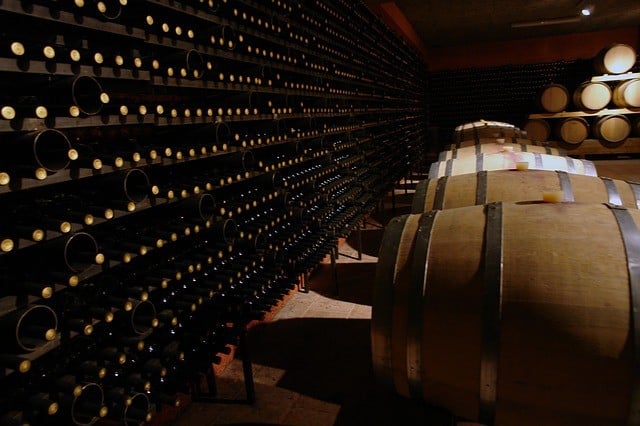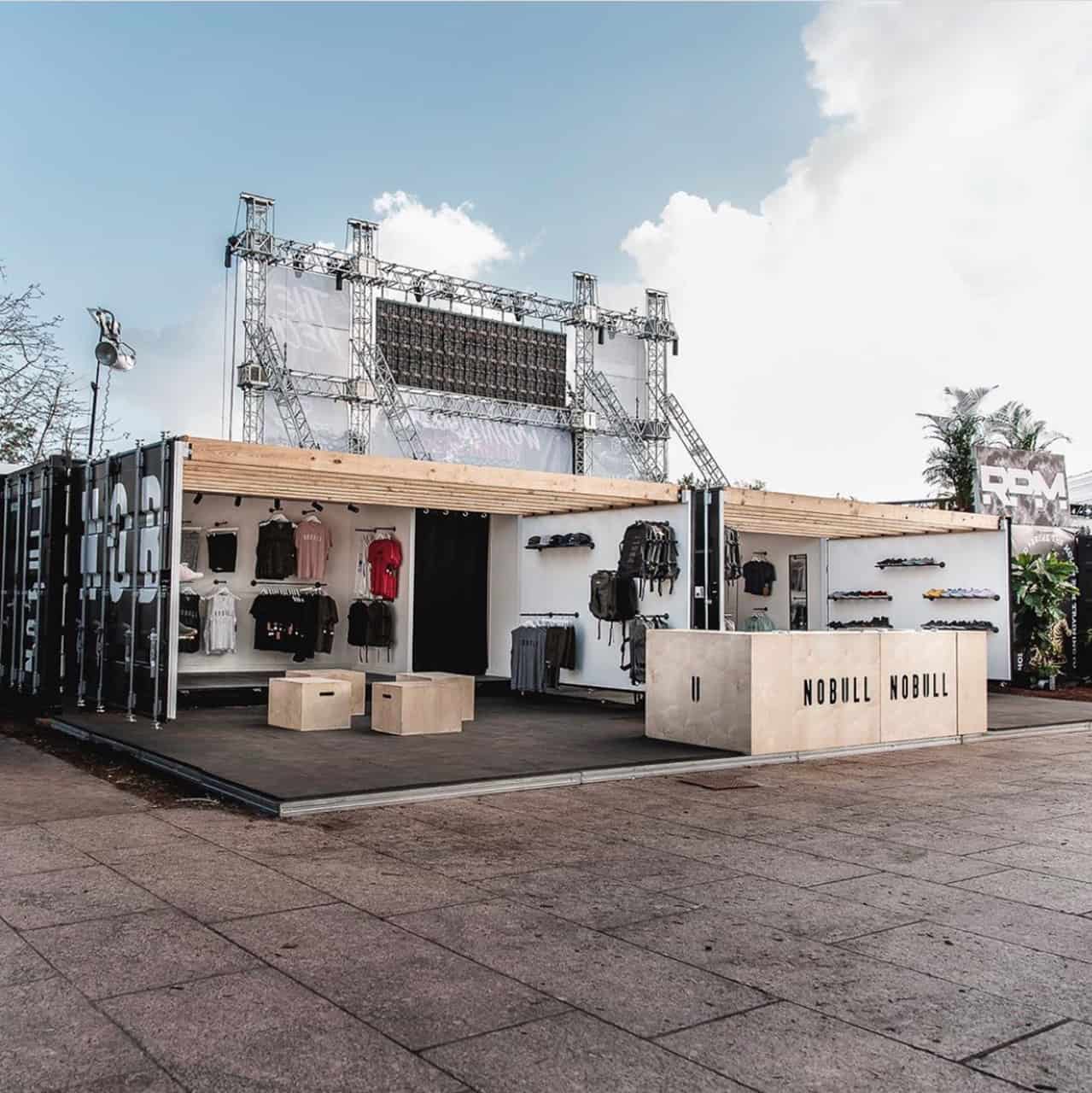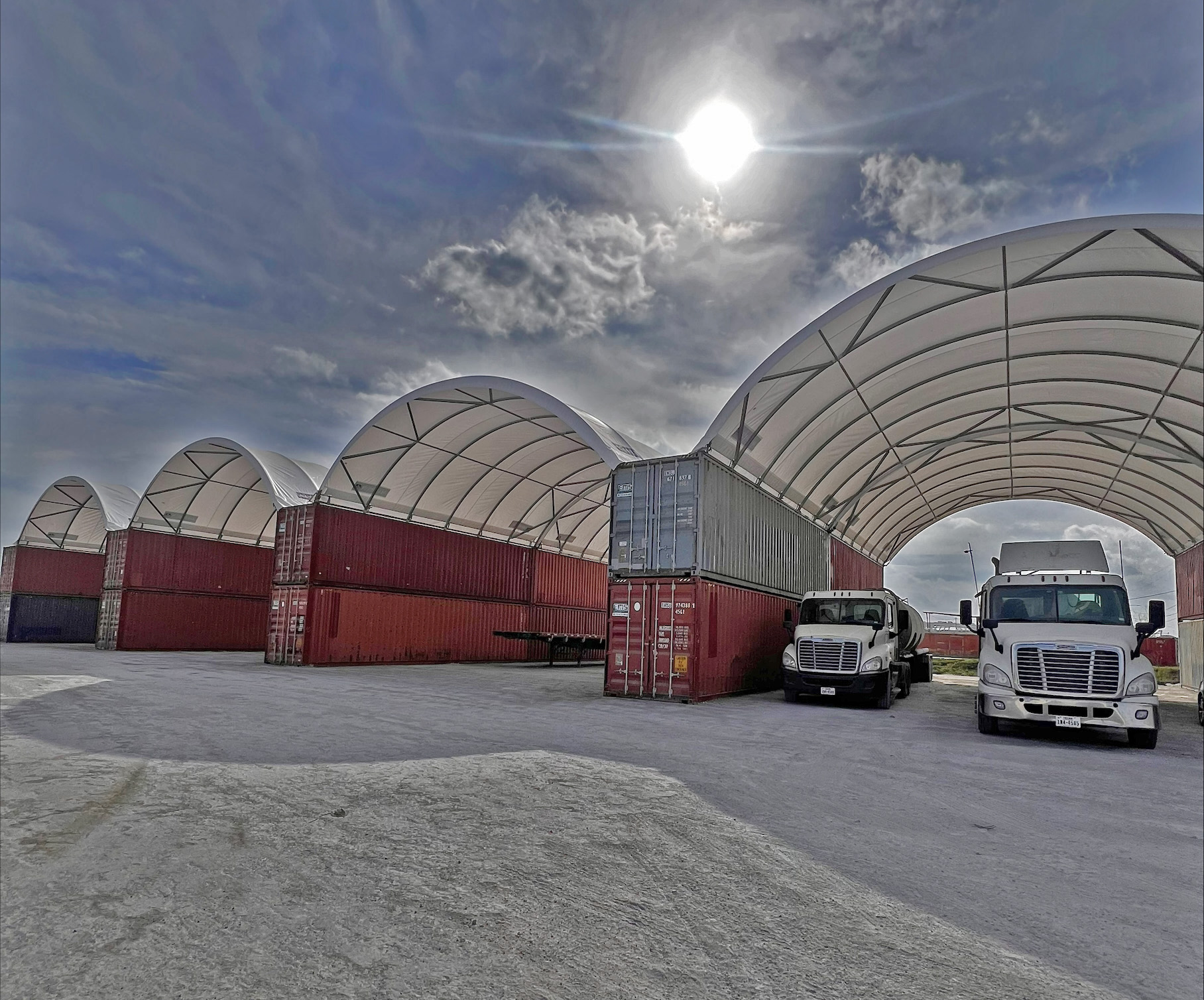Some fine wines are best enjoyed after long-term aging. But unless you have access to a professional grade storage unit or a fancy cellar complete with a baroque and intricately designed racks, it’s hard to mature wine properly right in your kitchen. Fortunately, there is a much more cost-effective way to achieve this—build your own wine cellar using affordable cargo storage containers.
With readily available modification services for shipping containers, you can design an underground cellar worthy of any wine connoisseur. To get started on your very own wine storage, here are four necessary customizations you need to make on your container.

Quality Insulation
The first thing you need for an ideal cargo container cellar is good insulation, especially if you live in an area that experiences a warm climate and high temperatures. Wine doesn’t really fare well in heat because temperatures higher than 70℉ tend to age wine faster than is desirable. This is why it’s best to get a reefer or a refrigerated container because it already comes with built-in insulation to keep temperature level. If you can’t get your hands on a reefer, standard shipping containers will do, but make sure to invest in quality insulation. Since containers are closed structures, that should also keep your wine collection away from direct sunlight, UV rays and heat.
Cooling Unit
Experienced vinters say that the ideal temperature for storing wine is 55℉ to get its full flavor and aroma. Although, keeping it in the range of 45℉ and 65℉ or even a couple of degrees warmer is just fine so long as you open the bottles within a few years from their release. Reefers already come with their own refrigeration unit, but these are designed specifically for preserving perishable goods, so you might want to replace it with an air conditioner. If you’re getting a typical container, you will also have to install an air conditioning unit. This will allow you to better control the temperature and humidity inside the cellar.
Moisture Protection
Moisture probably won’t affect the taste of properly sealed wines, but they can make the cellar too damp. That’s not good news for anyone who is big on preserving the original labels of priceless vintage wines. This might also encourage mold growth and cause your container to rust. Since it will be placed underground, it’s a good idea to place a sump pump at the bottom of the hole to keep water out. You will also need to have seams and gaps sealed properly to prevent moisture from entering the cellar. Just to be on the safe side, you might want to look into getting a humidifier, too.
Custom Shelving
Your most prized wines should ideally be stored in a vibration-free environment because excessively shaking the bottle will likely impact their flavor. Especially in older wines, vibrations could disturb the sediment and prevent them from settling, resulting in an unpleasant gritty taste. Installing sturdy racks and shelving inside the container will solve this problem in most cases. This will also make your wine cellar more space-efficient, particularly if you choose horizontal racks and store bottles on their sides. However, you are free to adapt other shelving designs if you’re not a fan of this tradition. Wine bottles with alternative closures like screw caps and plastic corks, for instance, are perfect for more modern layouts.
With help from reputable suppliers of shipping containers in Houston, Dallas, and Seattle, such as Equipment Management Services, you can create a perfect wine cellar to better accommodate your hobby of collecting wines. There are other types of modifications you can have done on a container if you want your storage system to match your sophisticated tastes as well.
Sources:
Shipping Container Makes an Amazing Underground Shelter/Wine Cellar, OffGridWorld.com
A Container Wine Cellar Perfect for a Prepper!, ContainerAuction.com









